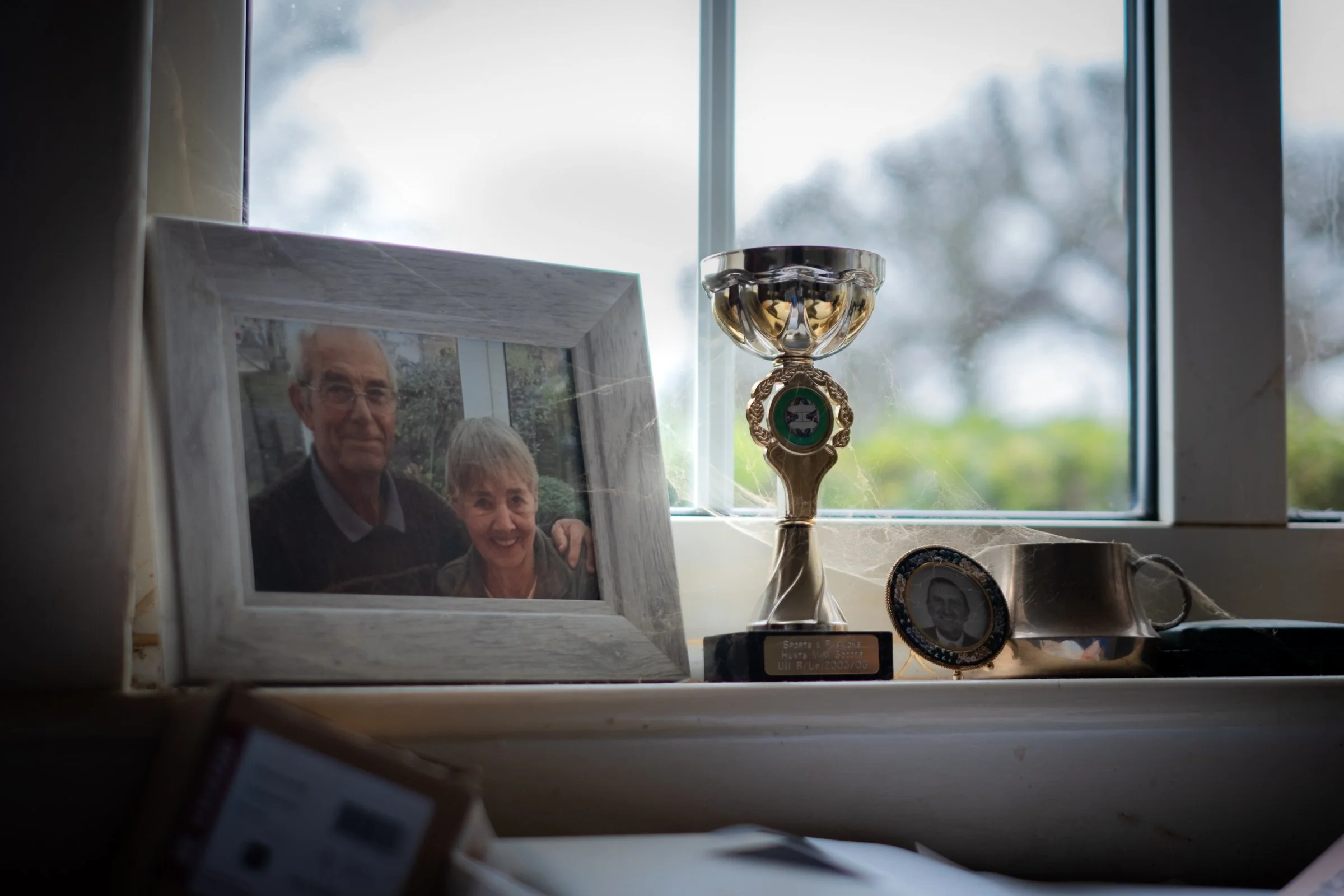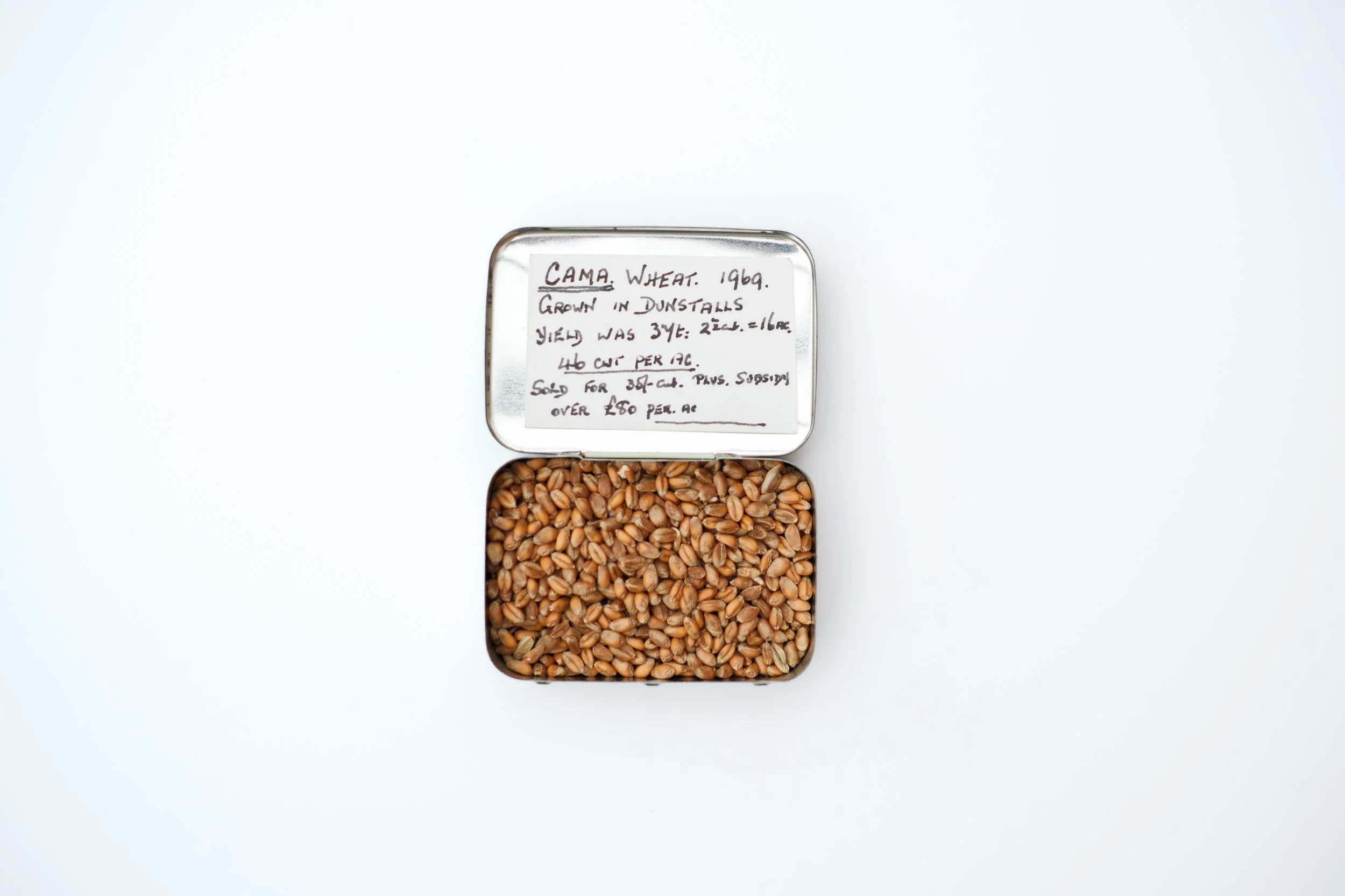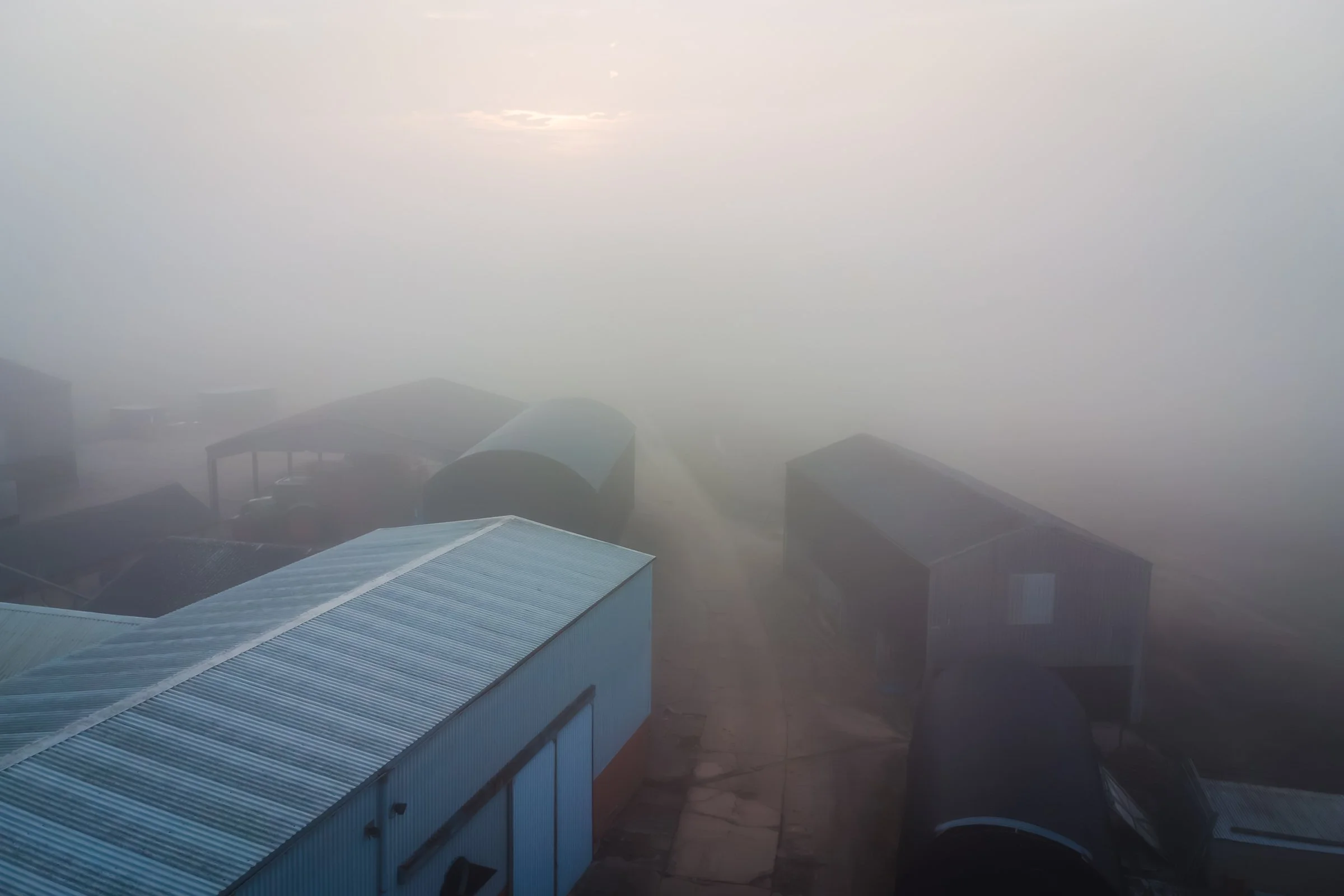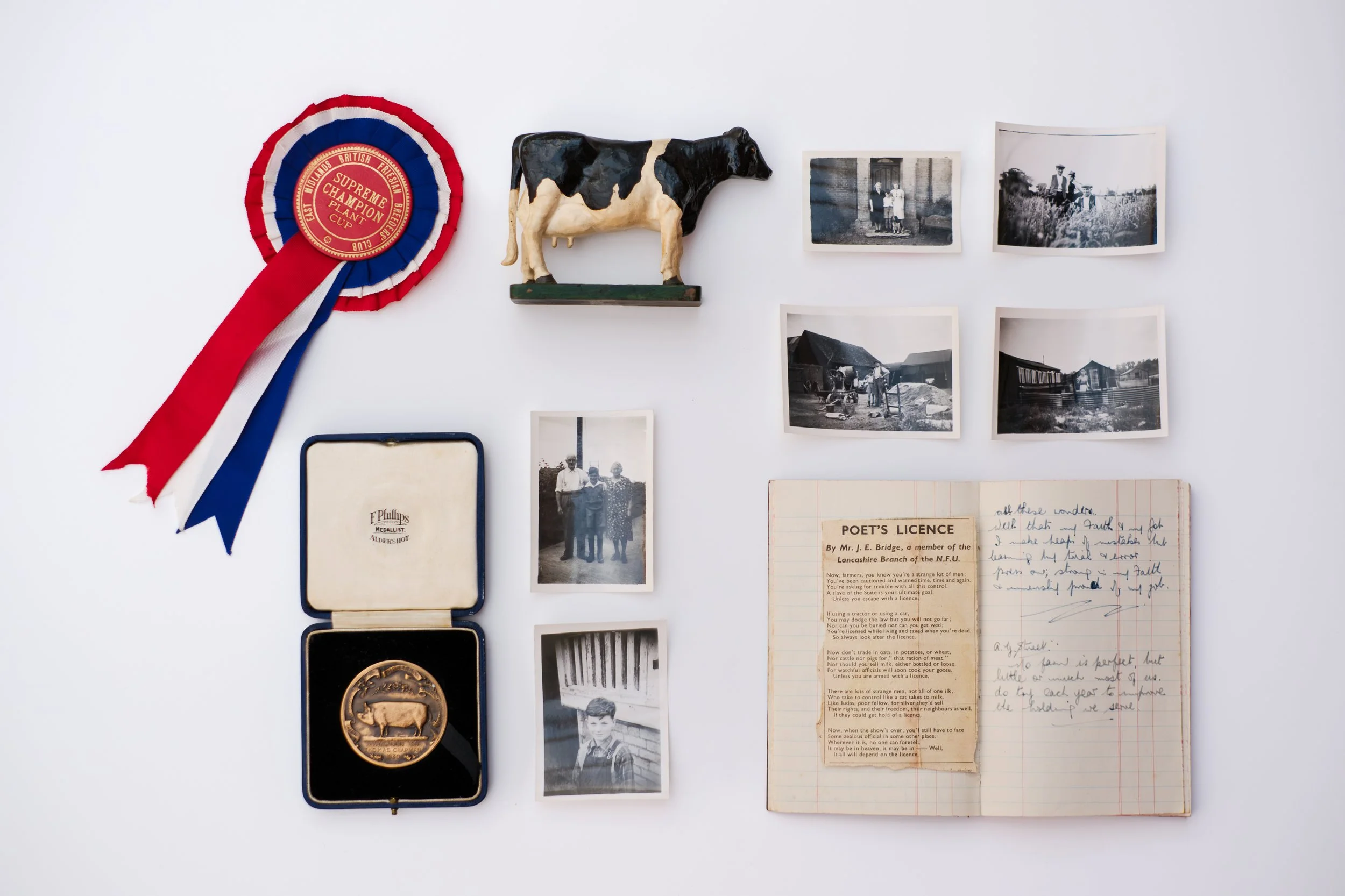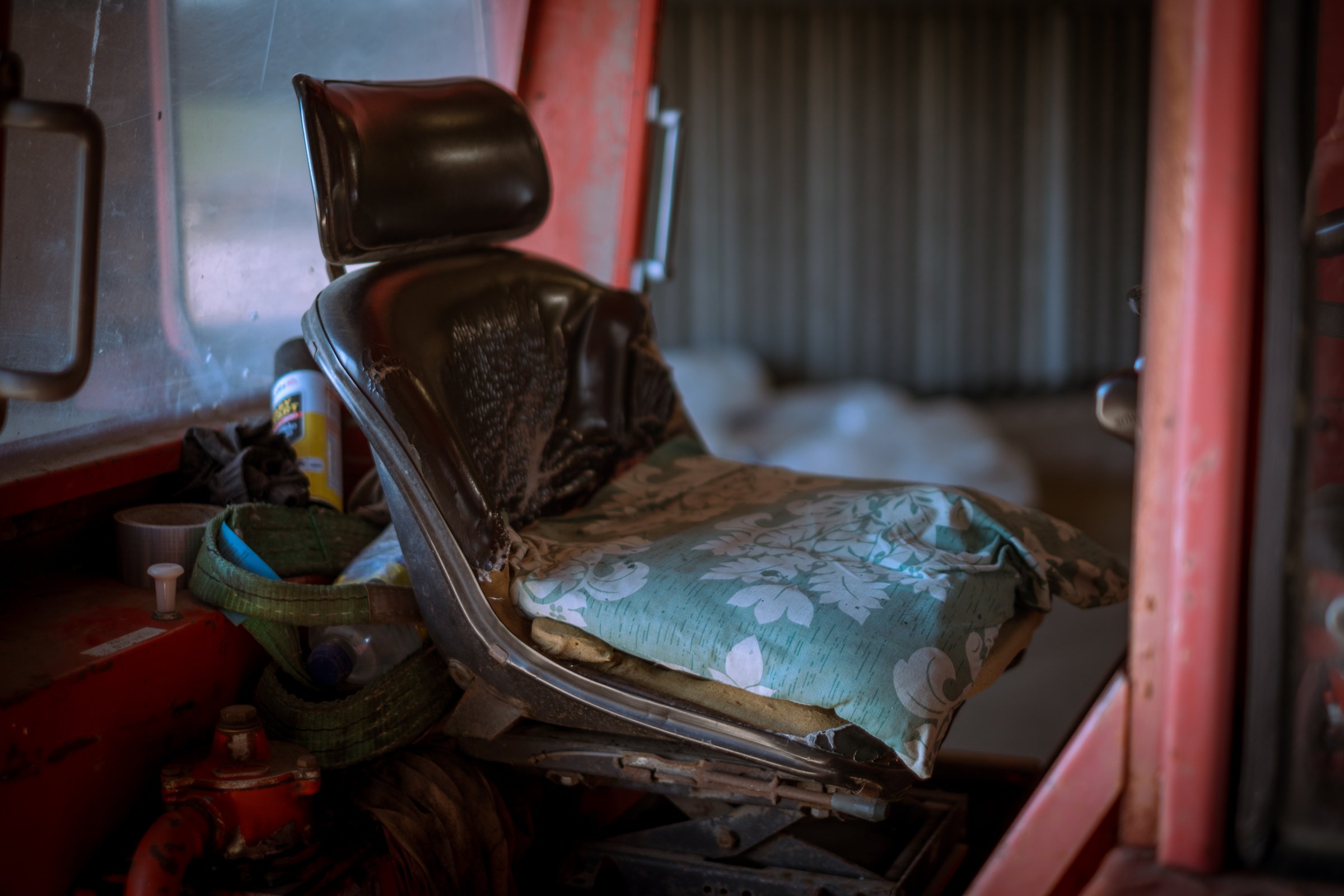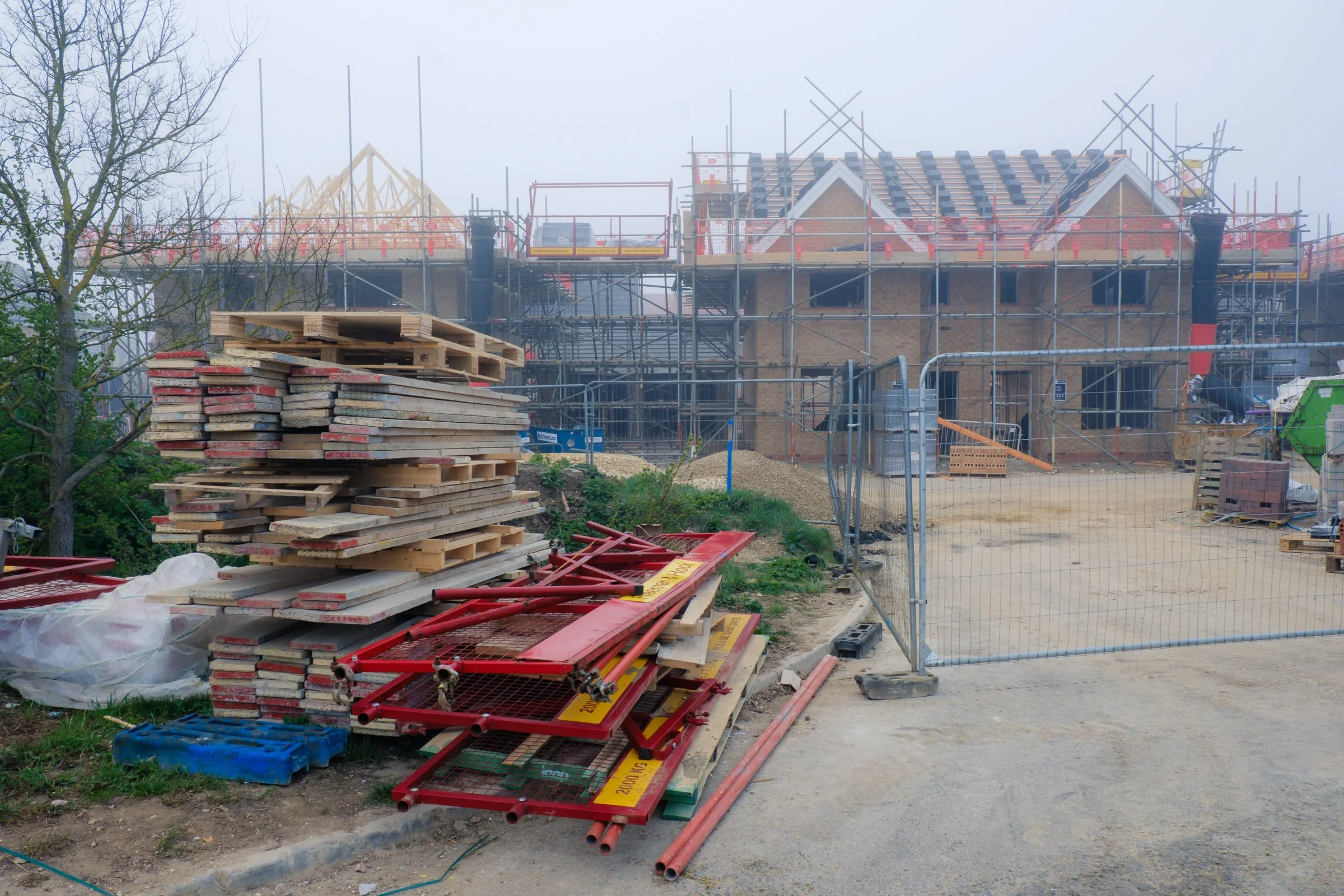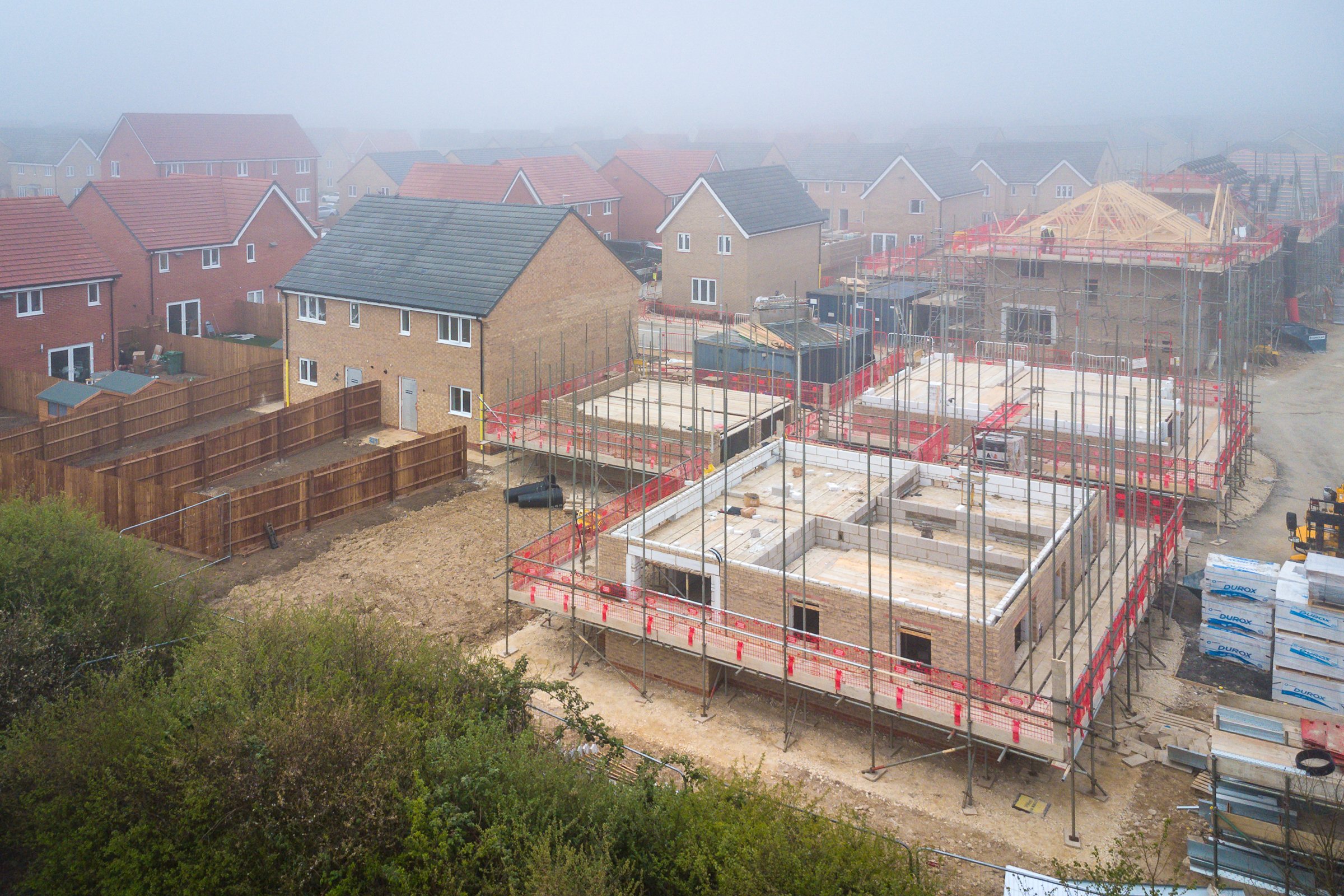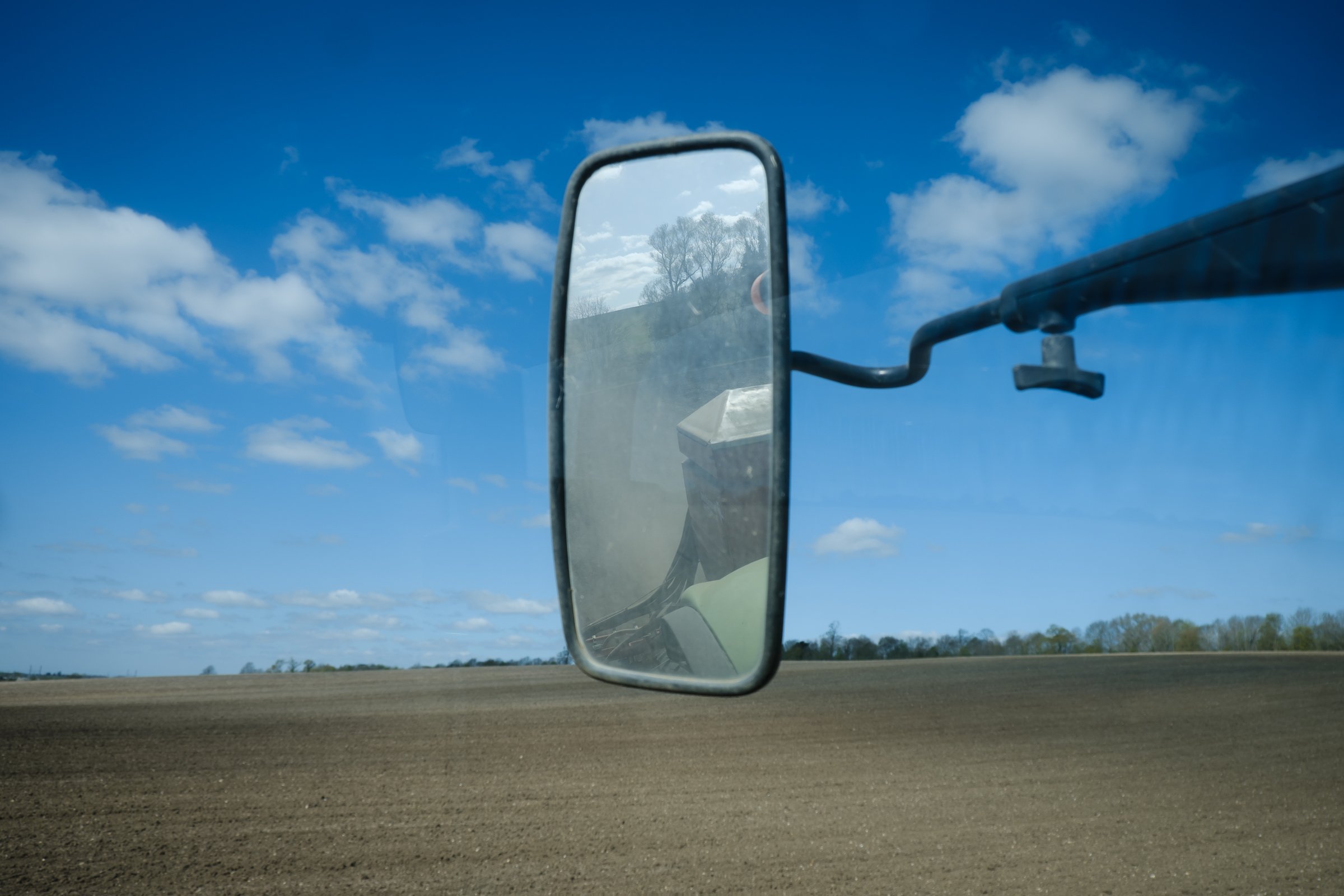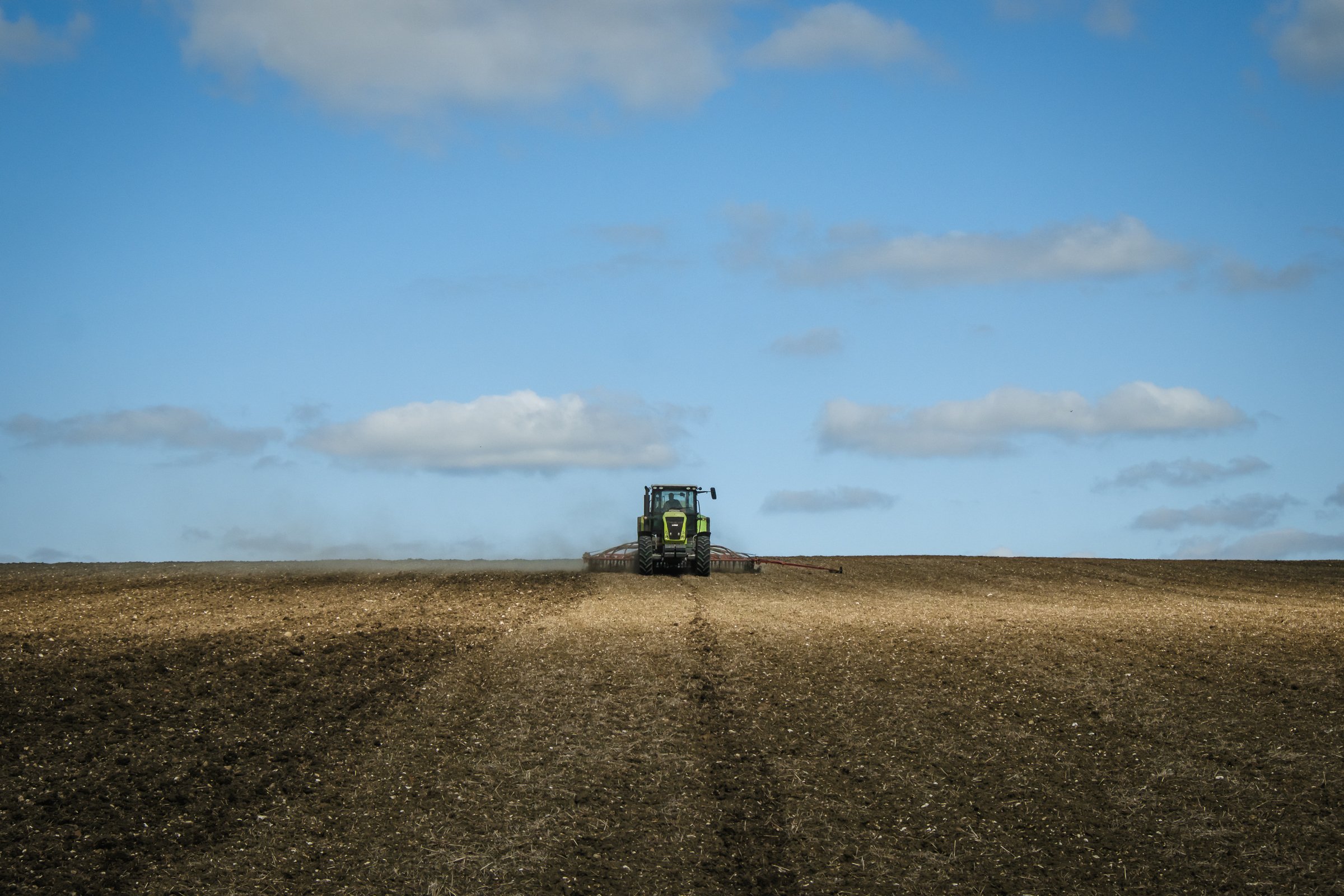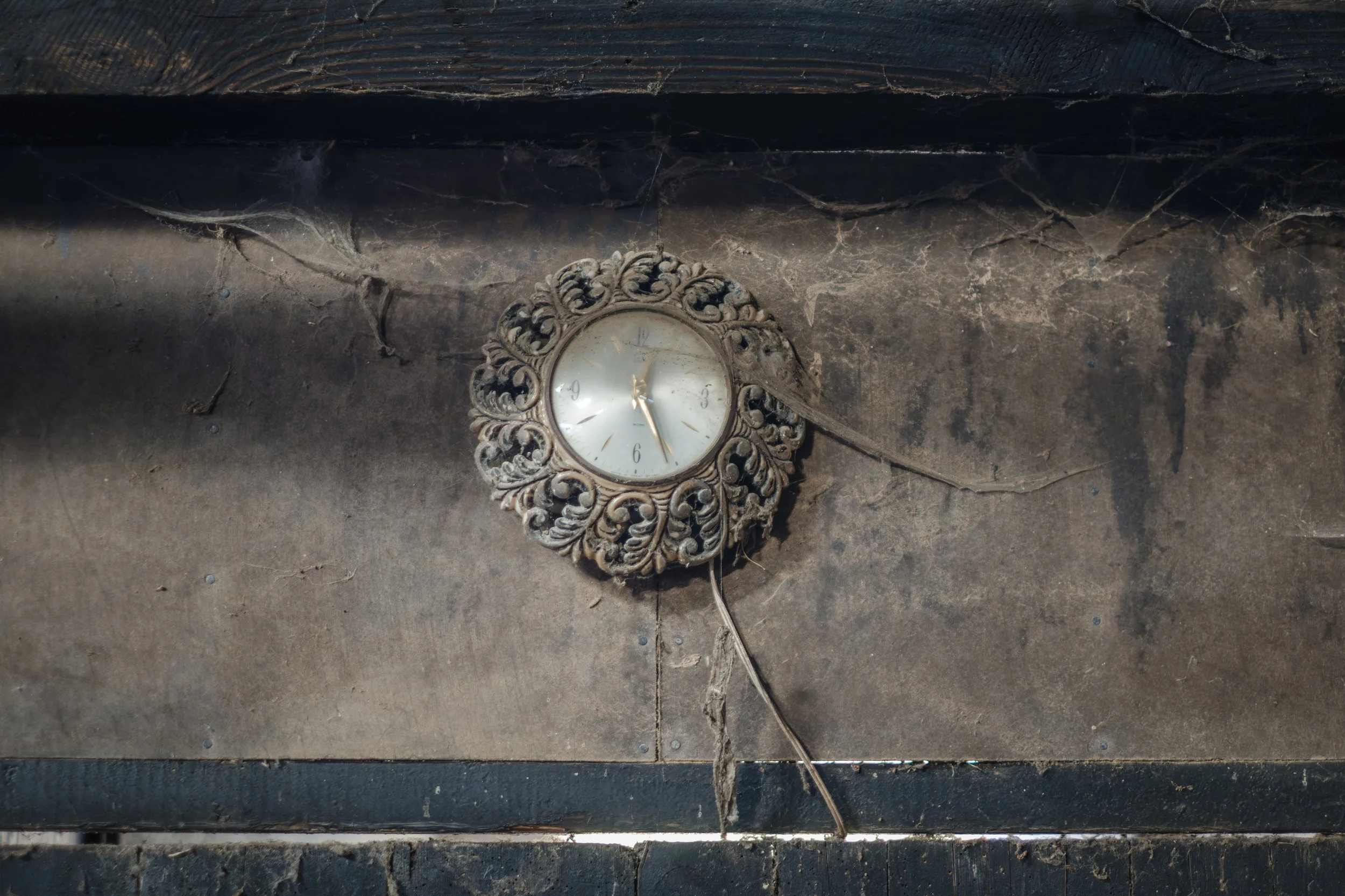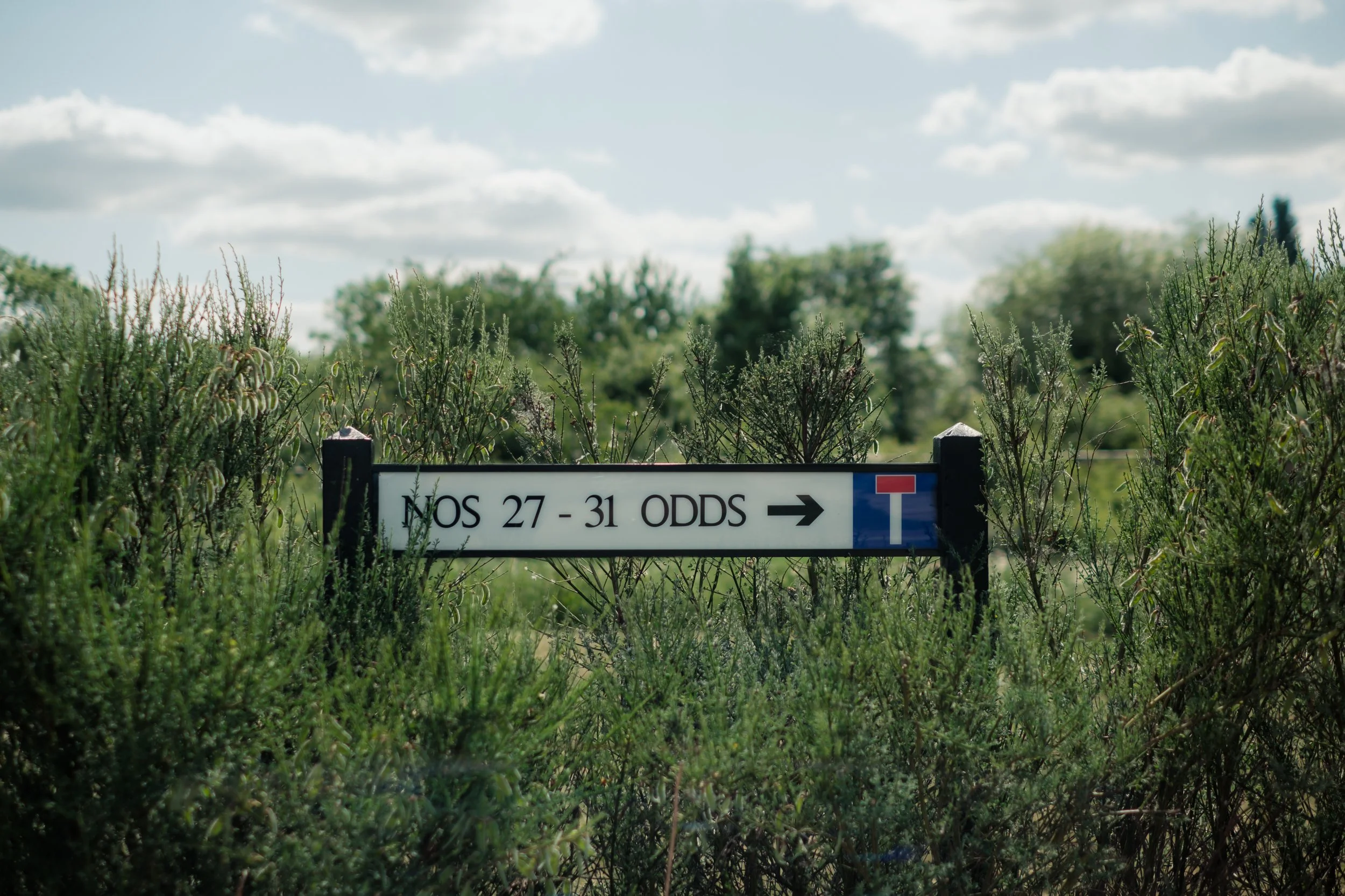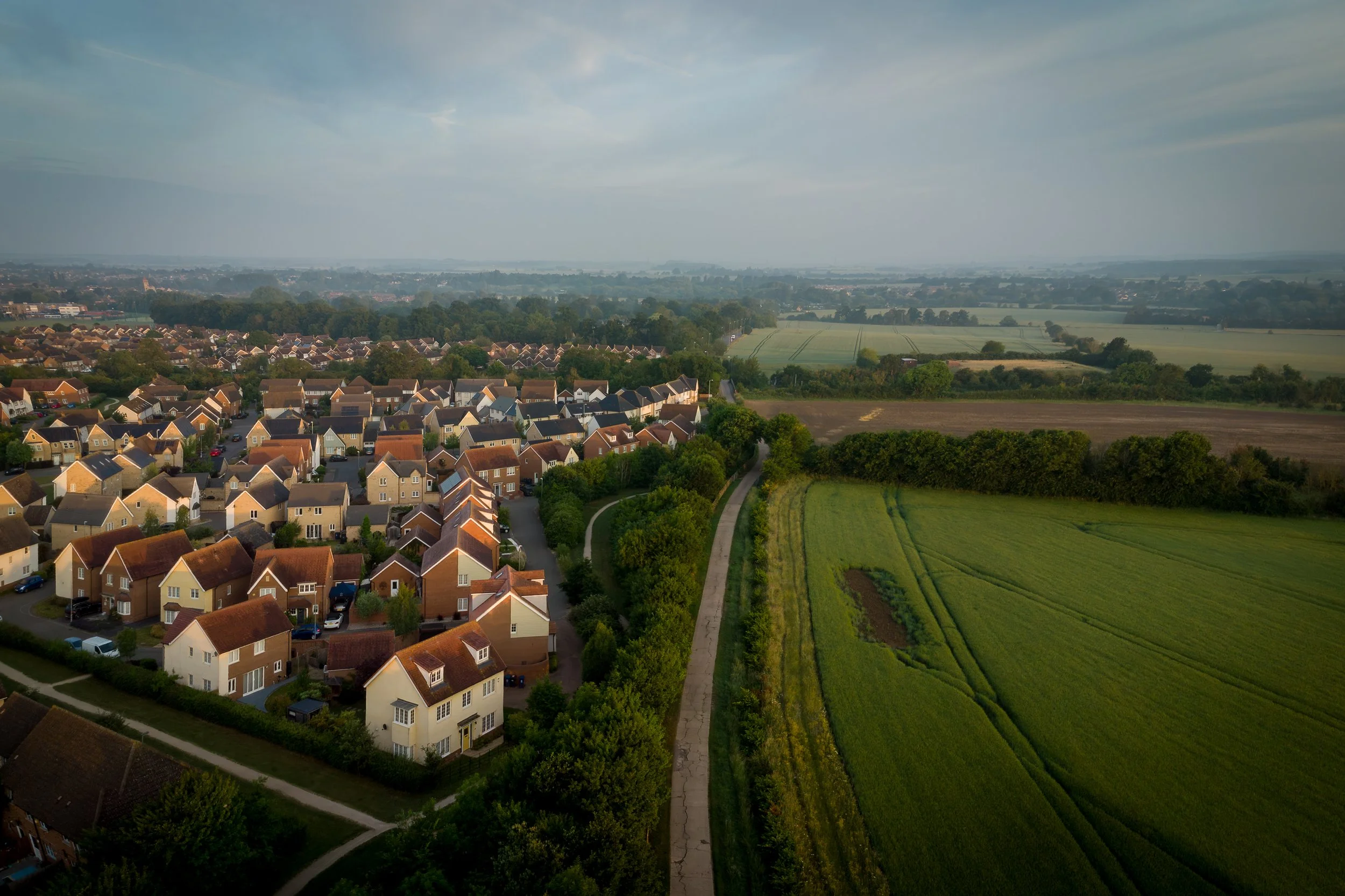The Last Harvest documents the final growing season of a small arable farm in Cambridgeshire
As tenant farmers, the family had no control when the farm was sold by the landowner to a house building firm that has plans to build 1,500 medium density homes on the land, extending the town and reducing potential farming output.
The land has been worked by three generations of the same family since 1947. The project explores the family’s connection to the land and the societal changes caused by urbanisation. The small orchard produces one more crop of apples, last year’s seed is used to plant this year’s wheat harvest. Evidence of lifetimes of toil, hard work, and love can be seen in the barns, sheds and stores. The farmer’s father’s toolbox remains where it was, when he was alive, his ashes scattered in a small copse on top of the hill.
The project explores the impact of urbanisation on rural land use, the conflict between housing and food production, and the emotional impact of the family’s displacement and lost memories. The project aims to serve as a future record of farming life in the early 21st century.
This video contains an interview that I conducted with the farmer at Brook Farm, Glynn Osborne. It includes a number of archive photographs that he was generous enough to lend me for this project. The video gives more detail on his situation and on his and his family’s feelings about the housing firm building on the farm.
I’ll recently held a solo exhibition of this work. A number of large prints and a dozen smaller prints were displayed, with a display cabinet of artefacts and personal items loaned by the Osborne family, along with a video of an interview with Glynn Osborne (see above). Images from the show can be found here

